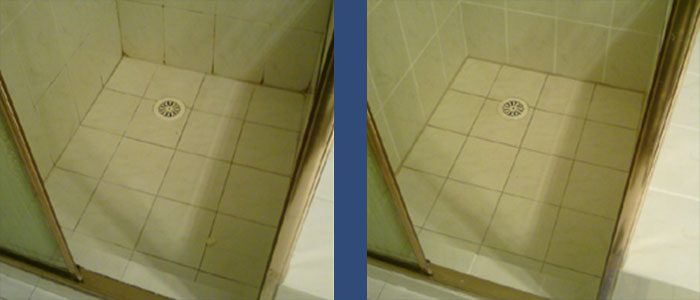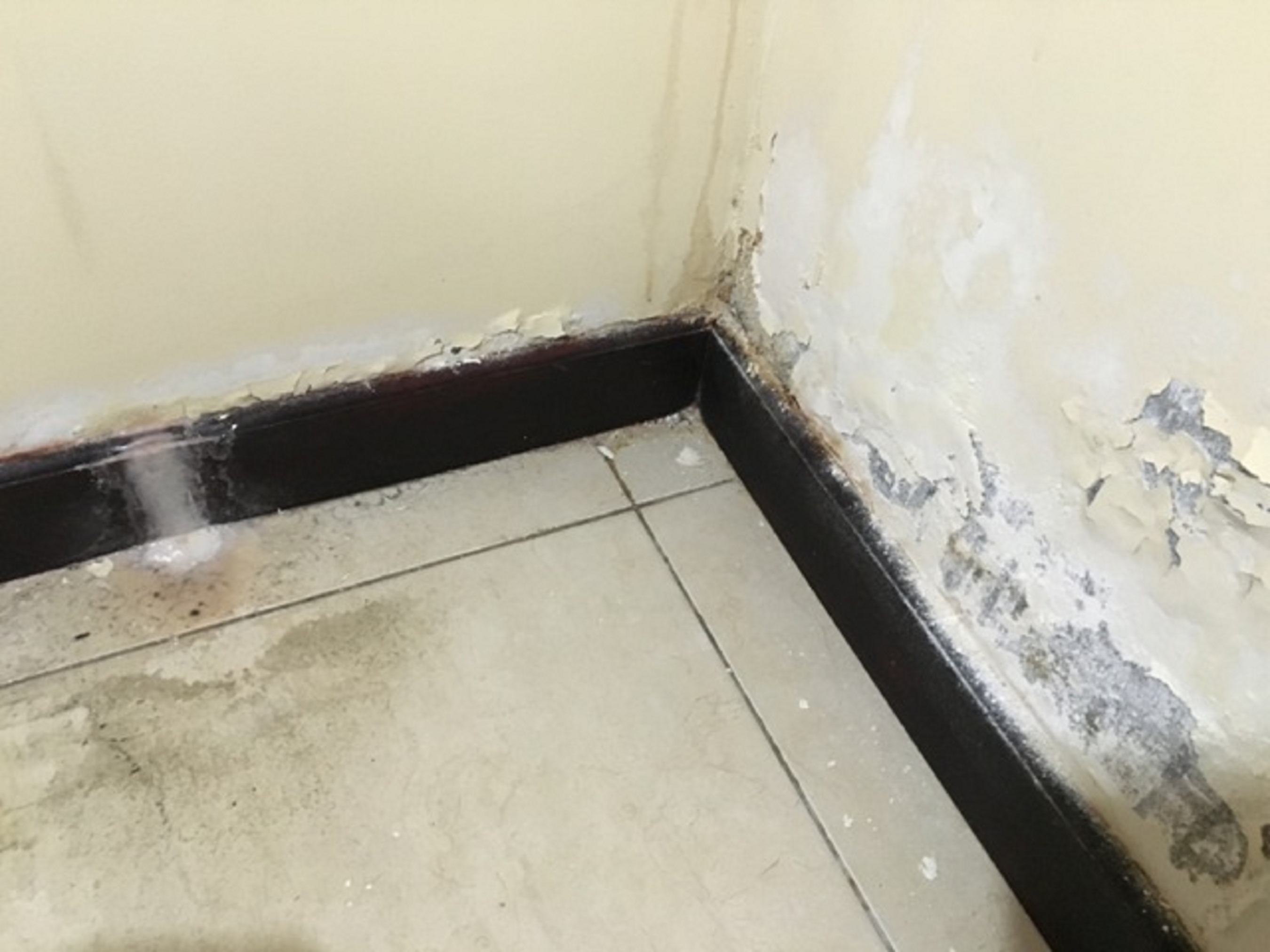Are you currently looking for critical information concerning How to Repair and Prevent Bathroom Water Damage?

The bathroom is exceptionally susceptible for moist build-up and possible water damage as a result of the regular use water in it. This short article offers basic inspection methods to aid spotting water damages hazards.
The constant use of water in the washroom makes it extremely prone for moist buildup and prospective water damage. By checking it on a regular basis, you can reduce water relevant damages.
The adhering to set of examinations is simple to execute and need to be done once in every 3 months in order to keep your washroom in good shape and also to avoid possible water damages caused by the tub, the shower, pipe joints as well as plumbing, sinks, cabinets, as well as the commode
Do not disregard performing these assessments and be comprehensive while executing them. Keep in mind that these straightforward evaluations can conserve you a lot of cash by giving early signs for water damage
Tub and Shower
The shower as well as bath tub require unique attention as well as upkeep. Check the ceramic tiles and also change if cracked. Make certain that there is no missing grout in between the floor tiles. Examine as well as change broken caulking at joints where the wall surfaces fulfill the floor or the bathtub. Blocked drains pipes and also pipelines problems will stop the bath tub from drying and also might indicate major issues underneath the bath tub. Consult with a professional right away to avoid architectural damages. Focus on stainings or soft locations around the bath tub walls as they may indicate an interior leak.
Plumbing
Signs for water damages are hard to discover considering that a lot of pipelines are mounted inside the wall surfaces.
Pay unique focus to flooring and walls moisture as well as discolorations as they might show an invisible plumbing trouble. Examine moisture levels in adjoining areas also.
Sinks as well as Cabinets
Sinks as well as cupboards are subjected to wetness as well as humidity everyday and are frequently neglected. Examine frequently under the sink as well as on the counter top above it. Repair any drip in the catch as it might recommend drainpipe issues. Look around the sink, slow-moving draining pipelines might suggest a blocked drain. Replace sink seals if they are fractured or loosened.
The Bathroom
The bathroom is a susceptible water junction. Check the water lines and look for leakages around the bathroom seat, in the hose pipe, and under the water tank. If you identify any kind of indicators of dampness on the flooring around the bathroom, check for leakages in the toilet edge as well as tank seals.
Be aware that hanging commode dish deodorants increases the opportunities for obstructions.
Water Damage Signs In The Bathroom To Avoid Cleanup
Musty smell
This is one of the easiest signs to catch because musty smells are so odorous. The damp, earthy, moldy smell should be a big red flag. The smell will develop when moisture gets trapped in surfaces, and begins to facilitate mold growth. Leaking pipes under cabinets, inside walls, and behind shower fixtures will cause moisture to stay trapped and not dry, which will lead to mold growth and spread. As soon as you notice any musty smells in your bathroom, have it checked for hidden water damage and cleanup signs.
Visible mold
If the smell isn’t there to give it away, sometimes you will actually see mold growth. Finding mold in your bathroom is a serious problem, because mold is very harmful to your health. By the time mold growth is visible, it also means that water damage has already occurred and been present for some time. The only way the mold problem can be resolved is to find the source of the moisture and get it stopped. To safely and adequately remove mold, you need to have professionals handle the remediation. Do not waste any time in getting mold problems addressed, fixed, and sanitized so that you can protect you and your family from the many respiratory symptoms caused by mold exposure.
Damaged floors
Bathroom floors should be able to withstand some exposure to water while still remaining in good condition. However, when excess exposure or water leaks occur, they will begin to damage even the most water-resistant flooring. If you notice any cracking, bubbling, staining, or warping on your bathroom floors, there is probably a water leak somewhere causing the distortion. If you notice areas of the floor have become softer, or even have a spongy feeling, there is probably damage to the subfloor. Subflooring is typically made up of plywood. When plywood is exposed to water or moisture, it will absorb it. Once it has become saturated, the weight of the excess water will cause the wood to swell and soften. Check the floors in your bathroom frequently to catch any of these sings before they lead to damaged subflooring.
Changes on walls
When water leaks behind walls, it will cause changes in the drywall. Peeling plaster, blistering paint, and soggy wallpaper are all good indicators that excess water is building up behind the wall. Water leaking behind drywall will cause it to swell and be soft to the tough. If you start to notice gaps along the trim of your walls, or where tile meets the wall, it could also be a strong indicator that there is a leak behind the wall. Any changes, distortion, or damage on the walls should be evaluated as soon as you notice it to prevent further water damage and cleanup.

Do you appreciate reading up on Preventing Water Damage in the Bathroom? Try leaving a review below. We will be glad to listen to your ideas about this blog posting. We hope that you visit us again before long. Do you know somebody who is looking into the niche? Be sure promote it. Thank-you for your time invested reading it.
Schedule Your Service